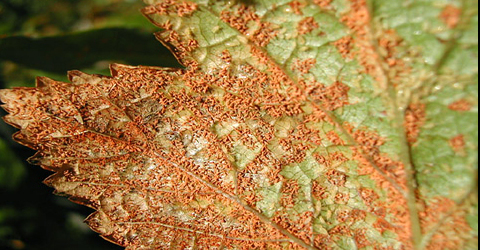
Cattle dung-Urine-Hing solution
A large number of micro-organisms present in the cow’s dung and urine are useful for controlling many fungal diseases. Nutrients present in the mixture are useful for effective plants growth. It can be applied two to three times during the crop period.

Required material:
1. Cow dung – 5 kilograms
2. Cow urine – 5 litres
3. Hing – 200 grams
4. Lime – 150 grams
Preparation method:
1. Mix 5 kg cow dung, 5 liter of cow urine and 5 liter of water in a tub.
2. Cover the tub and leave the solution for fermentation for 4 days.
3. Mix the solution with a stick every day.
4. After 4 days, filter the solution, then add 150 gram of lime and 200 gram of Hing to this solution.
5. Add 100 liter of water to the solution to spray for 1 acre.
Precautions:
1. Since this solution is thicker, so use the mesh or gunny bag to filter it (for the first time).
2. After that filter through a thin cloth and add water to it.
3. This solution can be stored for 1 or 2 days.
Pay attention:
1. This solution will help to manage fungal diseases.
2. This solution will improve the resistance strength of the crops.
3. Spraying of this solution will improve drought resistance capacity.







